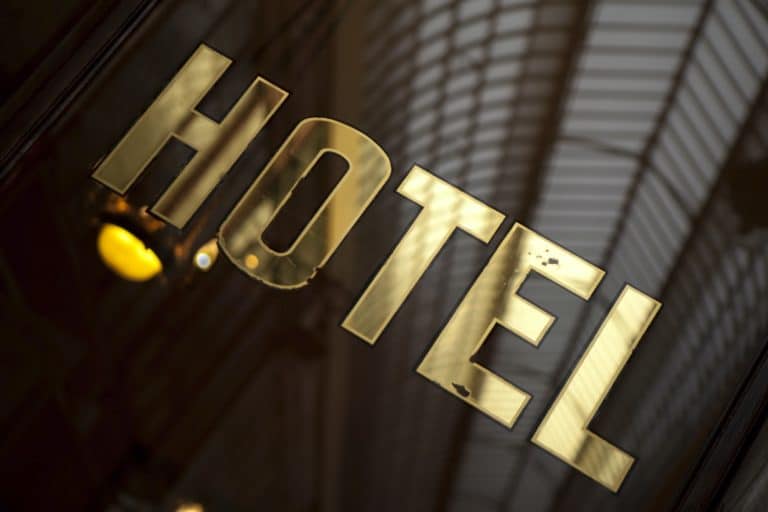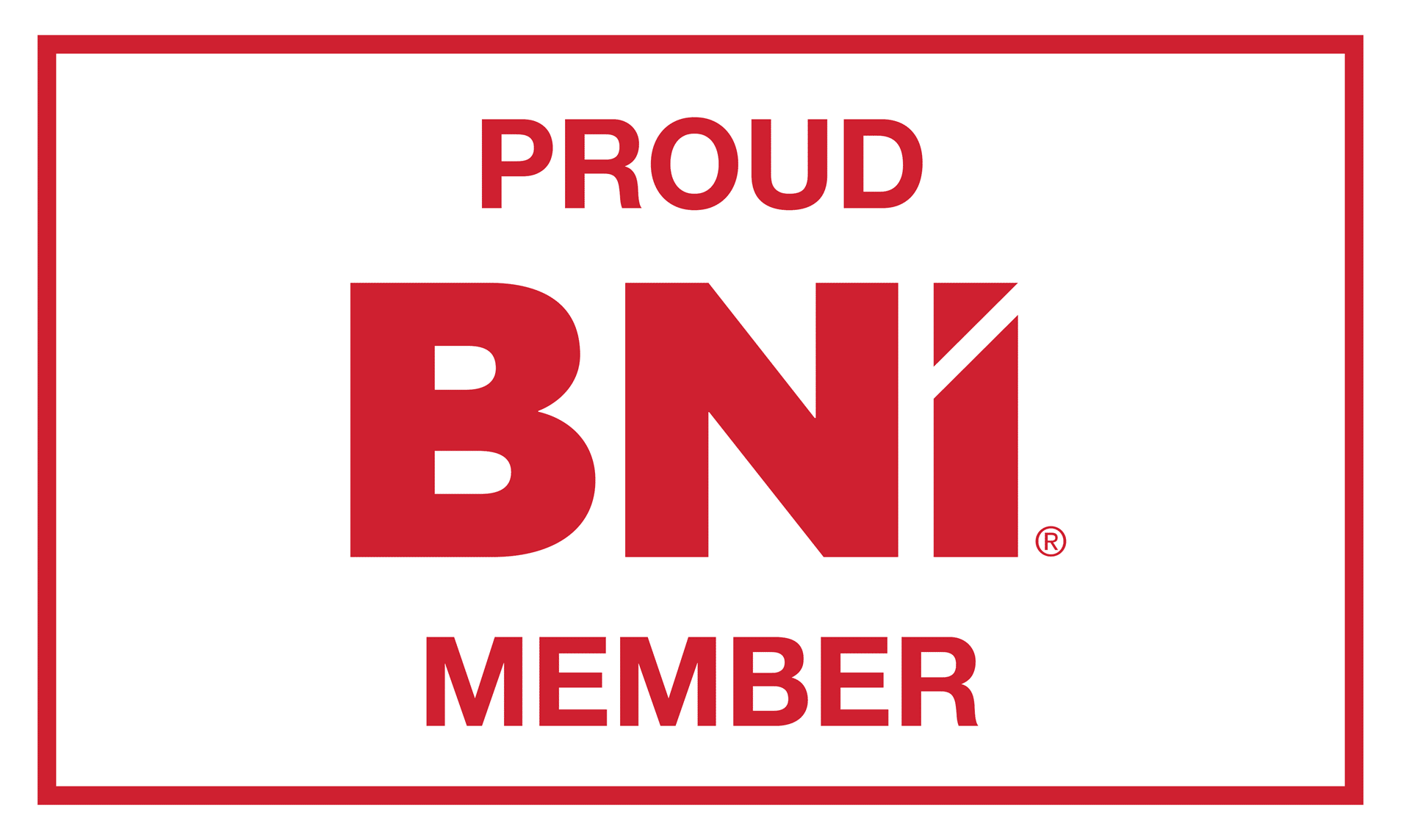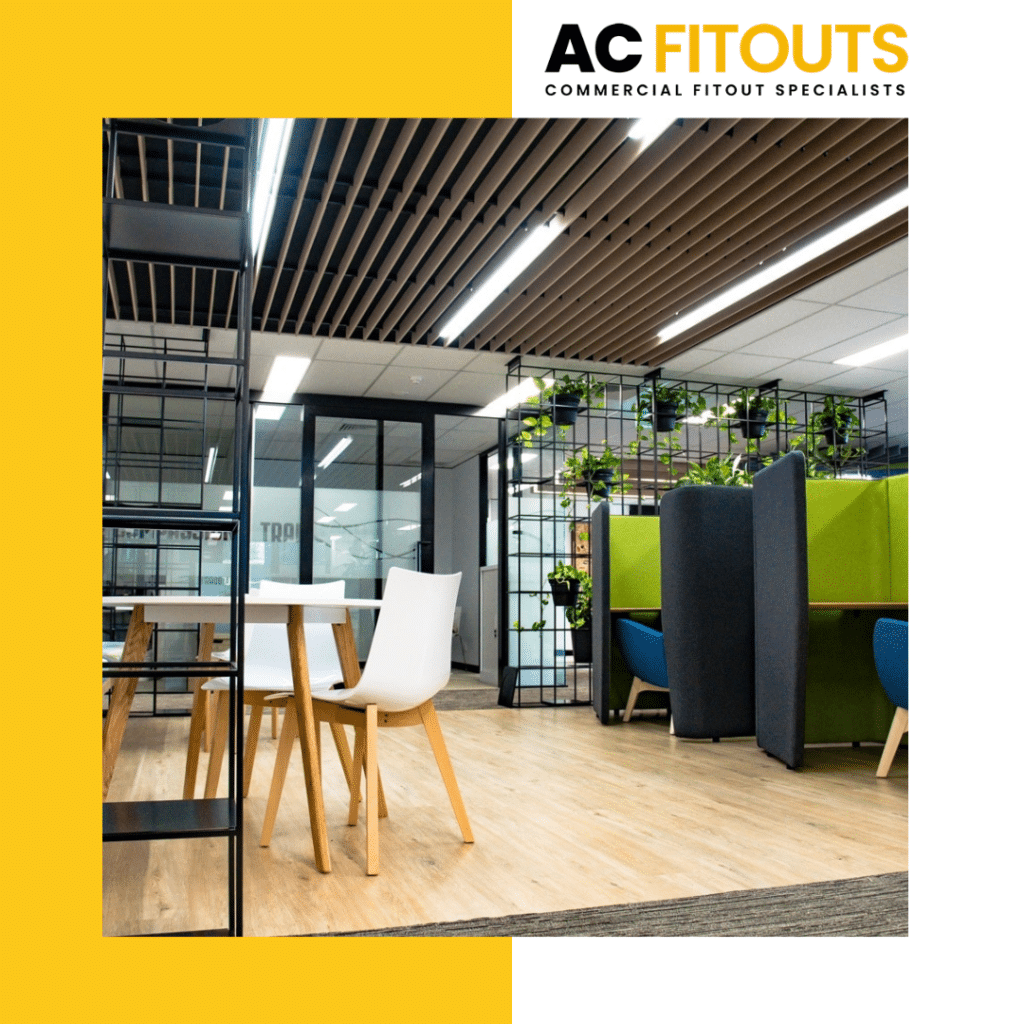In our last blog we looked at tips for using lighting to its best advantage in a commercial setting.
Here’s 10 more useful things to know:
- Get to know about colour rendering. The right lamps will need to show their ability to represent colours faithfully.
It’s all important in many commercial settings from merchandise and food display to skin, hair and teeth colour in cosmetic and medical settings. - The colour of the lights is measured in Kelvin.Lights with a 2000K to 3000K are a warm white colour – a yellow glow.
Those between 3400K and 4500K give a completely neutral white color and lights with a 4600K give off a cool white color with a blue glow. - Be consistent in using warm, cool and daylight light.
Food looks better and more appetizing when lit by a warm light, general retail spaces look best in daylight “colour”, office task areas are best lit in cool white, in medical environments, a 4500K light is usually used. - If there are major displays or artwork with bright colors, make them stand out and pop with natural daylight LED lamps.
- Display lighting must be strong enough so that customers are able to read price, size and care labels, as well as examine true colors and textures.
- Cafes and restaurants need to provide enough illumination for customers to read menus without experiencing eye strain.
- For accent lighting in retail spaces to help highlight certain parts of the store or provide a specific mood, LED lights are a good choice with their longevity and color options.
- Indirect, pelmet or cove lighting is a great tool in many types of commercial settings, especially restaurants, retail boutiques, hotels and foyers. It offers general lighting but is dramatic when directed towards the ceiling or on special architectural features of the space. It can also make an area appear calmer.
- If the look and ambience of a retail store or restaurant is to spell “sophistication” or “luxury”, then focus on using a good amount of muted and indirect ambient lighting.
- Use well positioned accent lighting directed specifically onto only one or two items in a window display of a higher end retail store to suggest that note of sophistication. Less is more.
Plan the project with some great lighting choices.
Don’t leave them till the end when the budget could be too stretched.







































